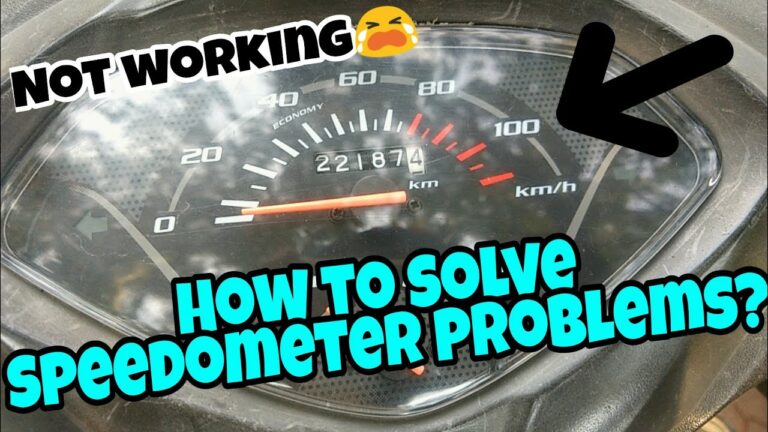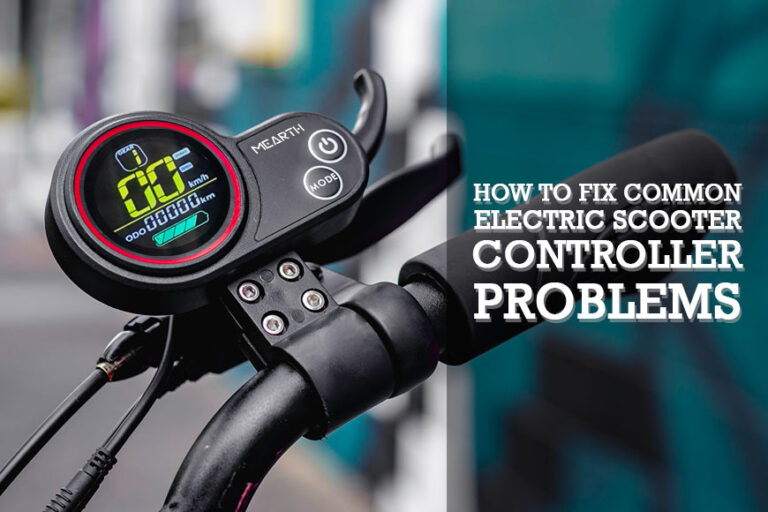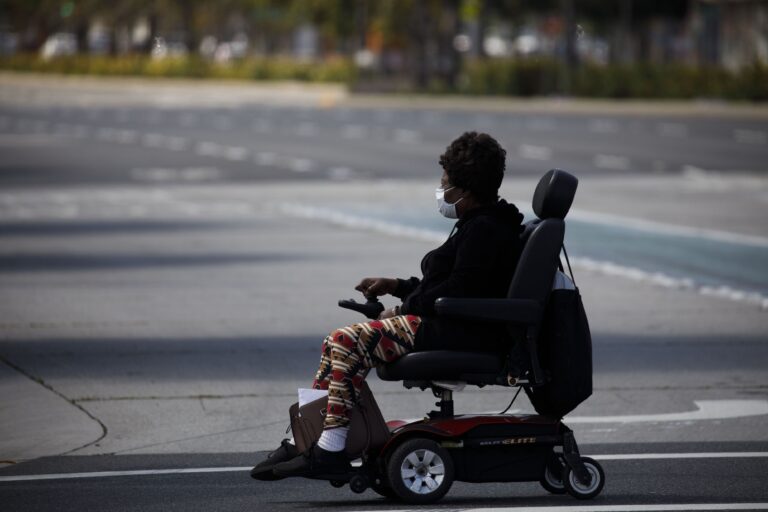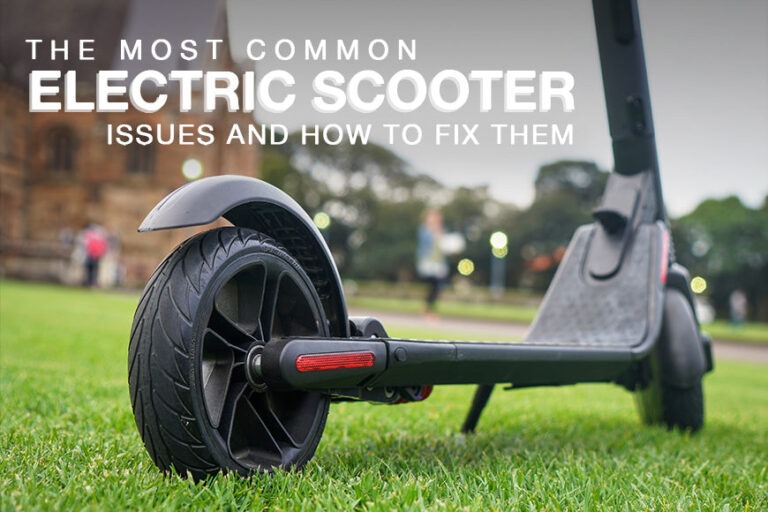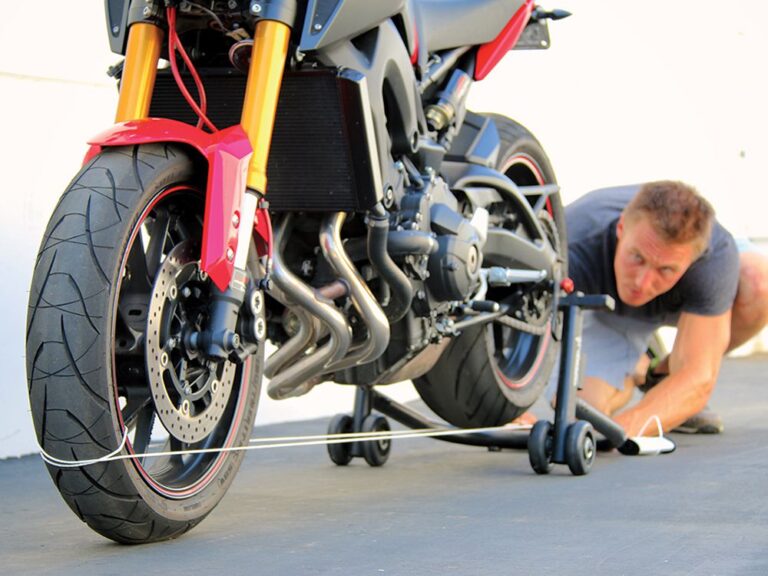Scooter Ignition Not Working: Quick Fixes to Get Back on the Road
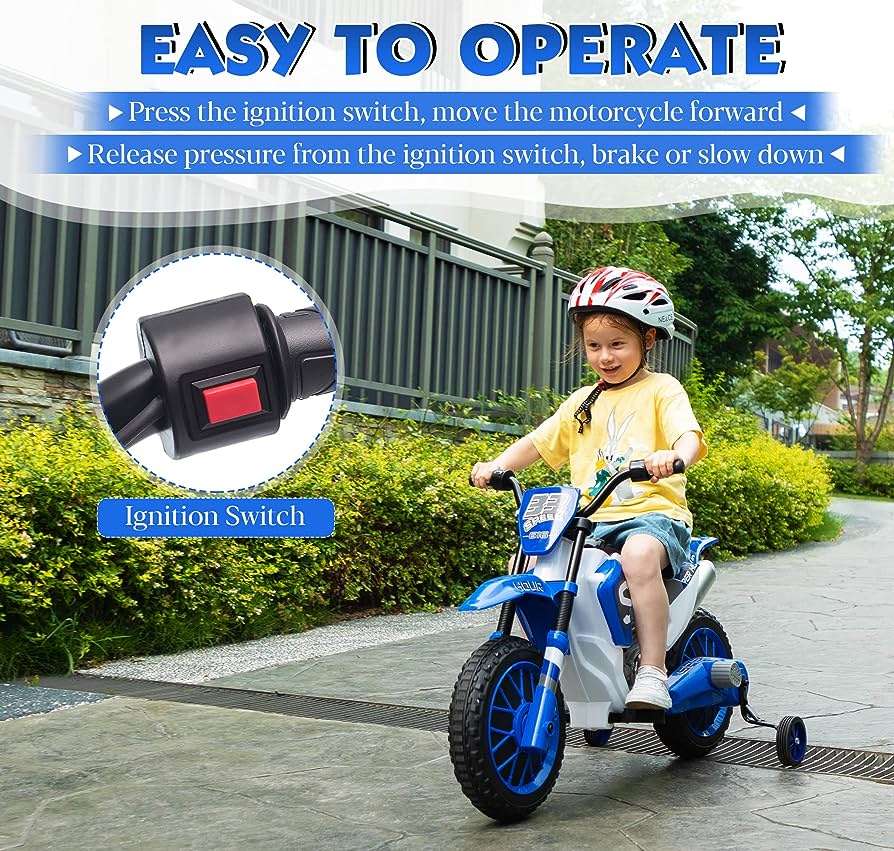
If your scooter’s ignition is not working, check the battery and spark plug connections for any loose or corroded connections. In addition, make sure the ignition switch is turned on and the key is fully inserted.
If the issue persists, it may be necessary to seek professional help for further diagnosis and repairs. Having a scooter can be a convenient and fun mode of transportation, but it can be frustrating when your ignition fails to work.
A scooter ignition not working can have various causes, and troubleshooting the problem requires some basic knowledge and a systematic approach. We will explore some common reasons why scooter ignitions fail, as well as provide some tips on how to troubleshoot and resolve the issue. By following these steps, you can hopefully get your scooter up and running again in no time. So, let’s dive in and learn how to fix a scooter ignition that is not working.
Common Causes Of Scooter Ignition Issues
Scooter ignition issues can stem from various common causes, such as a faulty ignition switch, a drained battery, a broken starter motor, or a defective spark plug. These issues can prevent the scooter’s ignition from working properly, leading to difficulties in starting the scooter.
If you’re facing issues with your scooter ignition, it can be both frustrating and inconvenient. Understanding the common causes behind these problems can help you troubleshoot and resolve the issue quickly. Here are some possible culprits when it comes to scooter ignition issues:
Faulty Spark Plug:
- Damaged spark plugs can prevent the ignition system from properly igniting the fuel-air mixture in the combustion chamber.
- Inspect the spark plug for wear and tear, such as carbon build-up, worn electrodes, or a cracked insulator.
- Consider replacing the spark plug if it shows signs of damage or has exceeded the recommended service interval.
Dead Battery:
- Insufficient power from the battery can lead to ignition issues.
- Check if the battery is fully charged or if it requires charging.
- Ensure the battery terminals are clean and secure, as loose or corroded connections can hinder the flow of electricity.
Ignition Switch Problems:
- A faulty ignition switch can prevent the scooter from starting or disrupt the electrical connection to the ignition system.
- Test the ignition switch to ensure it is functioning correctly by checking for any loose wires or connections.
- If necessary, consider replacing the ignition switch to resolve the issue.
Remember, these are just a few possible causes of scooter ignition issues. It’s essential to perform a thorough inspection and diagnosis before making any repairs or replacements. If you’re unsure or unable to troubleshoot the problem yourself, it’s always wise to seek assistance from a professional mechanic or scooter technician.
By addressing the cause of the issue promptly, you can get back on the road and enjoy a smooth ride on your scooter.
Quick Fix 1: Checking The Spark Plug
If your scooter’s ignition is not working, a quick fix is to check the spark plug. Ensure it is clean and properly connected to restore functionality.
Understanding The Role Of The Spark Plug
The spark plug is a crucial component of your scooter’s ignition system. It plays a vital role in delivering the electrical current that ignites the fuel-air mixture in the engine’s combustion chamber, powering your scooter. If the spark plug is faulty or dirty, it can disrupt this process and lead to ignition problems.
Here are the steps to take when checking and maintaining your spark plug:
Step-By-Step Guide To Removing And Inspecting The Spark Plug
- Begin by turning off your scooter’s engine and allowing it to cool down. Safety should always be the top priority when working with any part of your vehicle.
- Locate the spark plug on your scooter. It is usually situated at the top or side of the engine cylinder head. You may refer to your scooter manual to identify the exact location.
- Carefully remove the spark plug wire by pulling it straight out from the plug. Avoid pulling the wire itself as it can damage the connection.
- With a spark plug socket and ratchet wrench, gently unscrew the spark plug in a counterclockwise direction. Be cautious not to twist it forcefully to prevent damaging the spark plug or the cylinder head.
- Inspect the spark plug for any signs of wear, damage, or excessive carbon buildup. Look for worn electrodes, oil deposits, or a black sooty coating, which may indicate an issue.
How To Clean Or Replace A Faulty Spark Plug
If the spark plug appears dirty but still in good condition, you can clean it thoroughly with the following steps:
- Use a spark plug cleaner or a small wire brush to carefully remove any carbon deposits and dirt from the spark plug. Ensure that the electrodes and the insulator are thoroughly cleaned.
- Once clean, check the spark plug’s gap using a feeler gauge. The proper gap specification can be found in your scooter manual. Adjust the gap by carefully bending the side electrode until it matches the recommended measurement.
- After cleaning and adjusting the spark plug, reinsert it into the cylinder head and tighten it by hand first. Then, use the spark plug socket and ratchet wrench to give it a final, gentle tightening.
If the spark plug is damaged, worn, or beyond repair, it’s recommended to replace it with a new one:
- Visit an auto parts store and identify the correct replacement spark plug for your scooter model. Consult your scooter manual or ask the store representative for assistance if needed.
- Install the new spark plug by gently inserting it into the cylinder head and tightening it by hand. Then, use the spark plug socket and ratchet wrench for a final snug fit.
- Reattach the spark plug wire by pressing it firmly onto the spark plug until it clicks into place.
Remember, a well-maintained spark plug is essential for proper ignition and optimal scooter performance. Regularly inspecting, cleaning, or replacing your spark plug can help troubleshoot ignition issues and keep your scooter running smoothly.
Quick Fix 2: Testing The Battery
Looking for a quick fix for your scooter ignition not working? Try testing the battery for any potential issues.
Importance Of A Functioning Battery For Scooter Ignition:
- A properly functioning battery is crucial for the ignition of your scooter. Without it, your scooter may not start or experience issues while running. The battery provides the necessary electrical power to initiate the ignition sequence, powering the spark plug and fuel pump.
- If you’re experiencing problems with your scooter’s ignition, testing the battery should be one of your top priorities. Understanding how to perform a battery voltage test can help identify any issues with the battery, allowing you to take the necessary steps to fix them.
How To Perform A Battery Voltage Test:
Performing a battery voltage test is relatively simple and requires minimal tools. Here’s a step-by-step guide to help you test the voltage of your scooter’s battery:
- Start by turning off your scooter and locating the battery. Usually, the battery is located under the seat or in the front storage compartment.
- Use a voltmeter or multimeter to measure the voltage of the battery. Set the voltmeter to the DC voltage setting.
- Connect the positive (red) probe of the voltmeter to the positive terminal of the battery. Similarly, connect the negative (black) probe of the voltmeter to the negative terminal of the battery.
- Read the voltage displayed on the voltmeter. A healthy battery should show a voltage reading between 12.6 and 13.8 volts. Anything below 12 volts indicates a weak or dead battery that needs attention.
- If the battery voltage is low, try charging it using a battery charger designed for motorcycles or scooters. Connect the charger to the battery according to the manufacturer’s instructions and leave it to charge for the specified duration. Recheck the battery voltage after charging to ensure it has reached a suitable level.
Replacing A Dead Battery Or Charging It Properly:
If your battery is dead or unable to hold a charge after charging, it may be time to replace it. Here’s what you should do:
- Consult your scooter’s user manual or seek professional help to locate the correct battery for your scooter model.
- Remove the old battery by disconnecting the negative and positive terminals. Take note of the specific battery connections and position for future reference.
- Install the new battery, connecting the positive terminal first and then the negative terminal. Ensure the battery is securely fastened in its designated place.
- Test the scooter’s ignition after installing the new battery to confirm that the issue was solely related to the battery.
Remember, a functioning battery is essential for the proper ignition of your scooter. Regularly checking and maintaining the battery’s voltage can help prevent ignition issues and ensure a hassle-free riding experience.
Quick Fix 3: Troubleshooting The Ignition Switch
Having trouble with your scooter ignition? Quick Fix 3: Troubleshooting the Ignition Switch provides step-by-step instructions to get your scooter’s ignition working again, ensuring a smooth ride.
Overview Of The Ignition Switch And Its Function
The ignition switch is a crucial component of your scooter that allows you to start the engine and power various electrical systems. It’s responsible for controlling the flow of electricity from the battery to the starter and other parts of the scooter.
Understanding how the ignition switch works can help you troubleshoot issues effectively.
Here’s a step-by-step guide to checking the ignition switch and resolving potential problems:
Step-By-Step Guide To Checking The Ignition Switch
- Start by ensuring that your scooter’s battery is fully charged. A weak battery can sometimes cause ignition issues. If necessary, charge or replace the battery before proceeding.
- Locate the ignition switch, usually mounted on the handlebar or dashboard. It typically has three positions: OFF, ON, and START. Make sure the switch is in the OFF position before proceeding.
- Inspect the ignition switch for any visible signs of damage, such as loose or frayed wires, corrosion, or worn-out components. If you notice any issues, you may need to repair or replace the ignition switch.
- Turn the key to the ON position while paying close attention to any sounds or indications that the switch is functioning properly. You should hear a click or see the scooter’s lights turn on. If there is no response, it may be a sign of a faulty ignition switch.
- Use a multimeter to test the continuity of the ignition switch. Set the multimeter to the resistance or continuity mode and touch the probes to the switch’s terminals. If there is no continuity when the switch is turned to the ON position, it indicates a malfunctioning switch that needs to be replaced.
Repairing Or Replacing The Ignition Switch If Necessary
If you’ve determined that your scooter’s ignition switch is faulty, you have a few options for repair or replacement:
- Repair: If the issue is minor, you may be able to repair the ignition switch yourself. Start by disconnecting the battery and removing the switch from the scooter. Replace any damaged or worn-out components, such as wires or contacts. Reassemble the switch and reconnect it to the battery to test its functionality.
- Replacement: If the ignition switch is severely damaged or cannot be repaired, it’s best to purchase a new one. Consult your scooter’s manual or a trusted mechanic to find the right replacement switch for your specific make and model. Follow the manufacturer’s instructions to install the new ignition switch correctly.
Remember, troubleshooting and repairing your scooter’s ignition switch require some technical knowledge. If you’re unsure or uncomfortable performing these tasks yourself, it’s always recommended to seek professional assistance to avoid potential damage or safety hazards.
By following these steps, you can effectively troubleshoot and address ignition switch problems with your scooter, ensuring a smooth and reliable ride every time.
Additional Tips And Considerations
If your scooter ignition is not working, here are some additional tips and considerations to help you troubleshoot the issue. From checking the battery to inspecting the ignition switch, these steps can help you identify and resolve the problem efficiently.
Regular maintenance is crucial for keeping your scooter’s ignition in good working condition. By following these simple tips, you can prevent ignition issues and ensure a smooth and hassle-free riding experience. Here are some additional considerations to keep in mind:
Importance Of Regular Maintenance For Preventing Ignition Issues:
- Clean your scooter’s spark plug regularly to remove any carbon buildup that may interfere with the ignition process.
- Inspect the spark plug wire for any signs of wear or damage, and replace it if necessary.
- Check the battery’s voltage regularly to ensure that it is charged adequately. A weak or dead battery can cause ignition problems.
- Maintain the correct fuel mixture ratio in your scooter’s fuel tank to avoid fuel-related ignition issues.
- Keep your scooter’s air filter clean and unclogged, as a dirty air filter can obstruct the airflow and affect the ignition process.
Understanding The Role Of The Fuel System And Carburetor In Ignition Problems:
- The fuel system supplies fuel to the engine, and any issues with it can hamper the ignition process. Regularly check for leaks, clogs, or faulty fuel lines.
- The carburetor is responsible for mixing air and fuel for combustion. If it is dirty or misadjusted, it can lead to ignition problems. Clean or adjust the carburetor as needed.
Ongoing Troubleshooting Tips For Persistent Ignition Issues:
- Check the ignition switch for any defects or loose connections. A faulty ignition switch can prevent the scooter from starting.
- Inspect the electric starter for any malfunctions or damages. If the starter is not working correctly, it can hinder the ignition process.
- Examine the wiring harness and connections for any loose or damaged wires. Faulty wiring can disrupt the flow of electricity and cause ignition issues.
- If all else fails, it is advisable to consult a professional mechanic who specializes in scooter repairs. They will have the expertise and tools to diagnose and resolve complex ignition problems.
Remember, regular maintenance is the key to preventing ignition issues and ensuring your scooter’s reliable performance. By following these tips and staying proactive, you can avoid the frustration of a scooter ignition not working and enjoy a smooth riding experience.
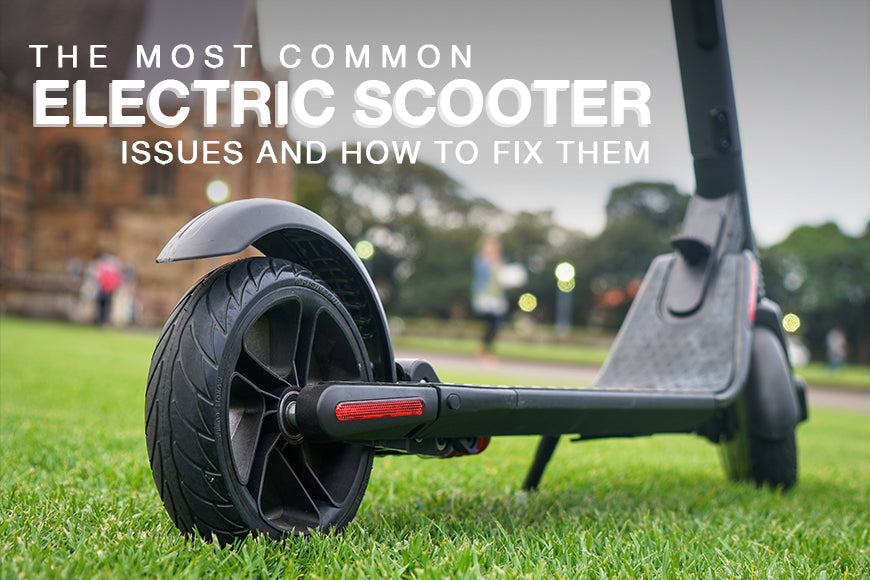
Credit: www.mearth.com.au
Frequently Asked Questions Of Scooter Ignition Not Working
How Do You Start A Scooter That Has Been Sitting?
To start a sitting scooter, follow these steps: check the fuel and battery levels, turn on the ignition, engage the choke if needed, and kickstart or press the electric start button.
How Do You Manually Start A Scooter?
To manually start a scooter, turn the ignition key, apply the brake, and kickstart the engine.
Why Do I Have To Kick Start My Scooter?
The reason for kick starting a scooter is to initiate its engine and get it running smoothly.
Where Is The Starter Relay On A Scooter?
The starter relay on a scooter can typically be found near the battery or the starter motor.
Conclusion
To troubleshoot a scooter ignition that isn’t working, it’s important to approach the issue systematically and methodically. Start by checking the battery and ensuring it has enough charge. If the battery is fine, inspect the spark plug and replace it if necessary.
Additionally, examine the ignition switch and wiring for any loose connections or damage. Clean the ignition switch to remove any dirt or debris that may be obstructing the contact points. If the ignition still doesn’t work, it might be a problem with the starter motor or solenoid.
In such cases, seeking professional assistance or consulting the scooter’s manual is recommended. Remember, regular maintenance and care can prevent ignition problems in the future. By taking the time to diagnose and resolve the issue, you can quickly get your scooter back on the road, ensuring a smooth and enjoyable ride.

